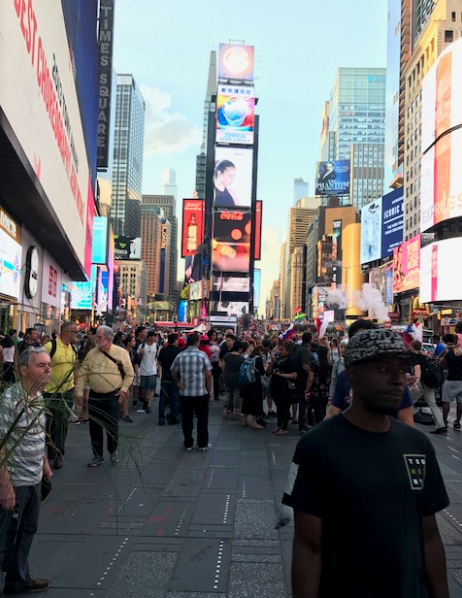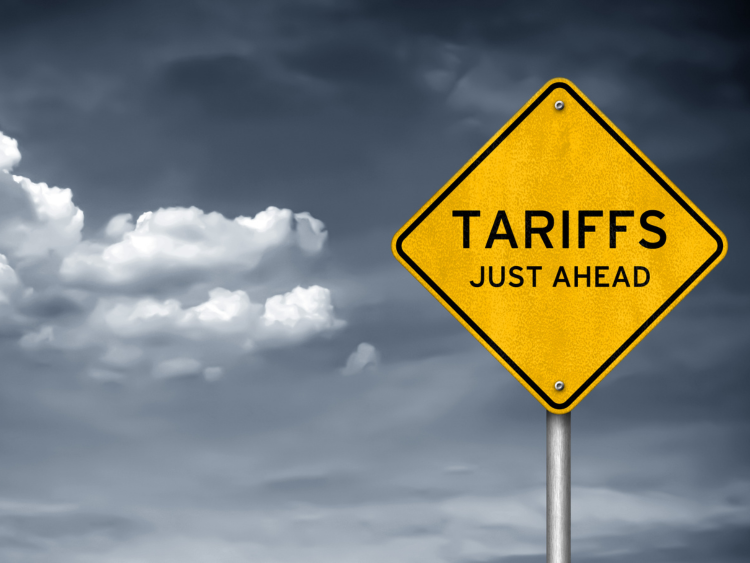Trade Cases

Section 232: Fear is Like Blood in the Water…
Written by John Packard
June 27, 2017
Steel Market Update (SMU) Publisher John Packard and Executive Editor Tim Triplett were in New York City over the past two days meeting with manufacturing companies, service centers, steel mills, trading companies and members of the financial community associated with the steel industry. We found the first words off of everyone’s lips were “what do you think about Section 232?”
The short answer is no one knows exactly what the recommendation will be from the Department of Commerce to President Trump, but the industry believes there will be consequences associated with whatever the Wilbur Ross team recommends.
On Monday evening, we participated in a steel industry dinner hosted by Bank of America Merrill Lynch metals and mining analyst Timna Tanners. The room was full of steel people and members of the financial community who invest in steel and related stocks.
The vast majority of the steel people in the room said they believe the ultimate decision will impact a large swath of the steel industry. The expectation is for some kind of quota and tariff system. When the quota is reached, then a tariff considered large enough to act as a deterrent would kick in.

One trader told the dinner group that calling his customers “cautious” is too polite. They are “frozen,” he said, while they wait for the impact of 232 to be announced and digested.
The traders at the BoA dinner believe the flow of foreign imports will slow down considerably in the September/October delivery time period and beyond. They told the group to expect a 50 percent reduction in the levels being seen over the past couple of months (3.6 million to 3.8 million tons).
Steel Market Update also met with other traders on the floor of the Marriott Marquis Hotel in Manhattan. Much like the discussion held at the BoA dinner, we heard variations on the theme of not knowing quite what to expect once the Section 232 announcement is made. A number of traders are concerned about the administrative issues that will be associated with the way imports will have to be handled.
We had a detailed conversation with one trader who represented a number of company-owned foreign steel mills. They continue to take orders. “I’m not in the business of guessing,” he said. “People need their steel.” He added, “We’ve been doing business for 50 years. We’ll figure it out.”
This trader had an interesting take on the whole subject of 232 when he called it “Fake News!” He asked rhetorically, “How many trade cases have we lived through? I don’t believe duties will have any long-term impact.”
He told us that the whole subject was an “inconvenience,” but is creating a discussion about what is right and what is wrong when it comes to free and fair trade (a subject we will be addressing at this year’s SMU Steel Summit Conference). He pointed to the 500 percent AD/CVD duties on Chinese steel, after which prices went down, not up. “Prices go up and prices go down…”
We learned this afternoon that the U.S. Department of Commerce sent Earl Comstock in place of Wilbur Ross to discuss the Section 232 situation. We learned that the DOC is looking for a “broader solution” than just military applications for steel. The theme was a need to address the overcapacity of steel production in the world, as well as the perceived problem of circumvention of our AD/CVD system. He did not estimate a date or define what the final DOC recommendations might be.
So it appears the steel industry will just have to wait and see. As one executive said in an email to SMU: “The problem with waiting until it sorts through is that the market will be a mess in the meantime. Maybe that was their intention all along. Uncertainty creates fear and fear is like blood in the water.”

John Packard
Read more from John PackardLatest in Trade Cases

Industry piles on new Section 232 steel derivative inclusion requests
The Department of Commerce received 97 submissions from producers, manufacturers, and groups seeking Section 232 tariff coverage for steel and aluminum derivative products.

Price on Trade: New EU steel tariffs don’t mean the US should weaken its stance
Any steel imports into the EU that exceed the new, lower quota level would be subject to a 50% tariff, which represents a major increase from the EU’s current 25% out-of-quota tariff. This move would largely align the EU’s steel tariff rate with Canada and the United States.

Global steel forum sets 2026 framework deadline as US ups pressure on excess capacity
Global steelmakers sounded the alarm Friday over the deepening excess steelmaking capacity crisis. Ministers at the Global Forum on Steel Excess Capacity (GFSEC) in Gqeberha, South Africa, pledged to...

CRU: China’s indirect steel exports find new destination markets
The boom in China’s direct steel exports has not stopped this year, even with a rise in protectionist measures globally. The increase is driven by...

U.S. Steel sues Algoma over iron pellet shipments
U.S. Steel is suing Algoma over the Canadian flat-rolled producer's rejection of iron pellet shipments, arguing it has breached its contract.
